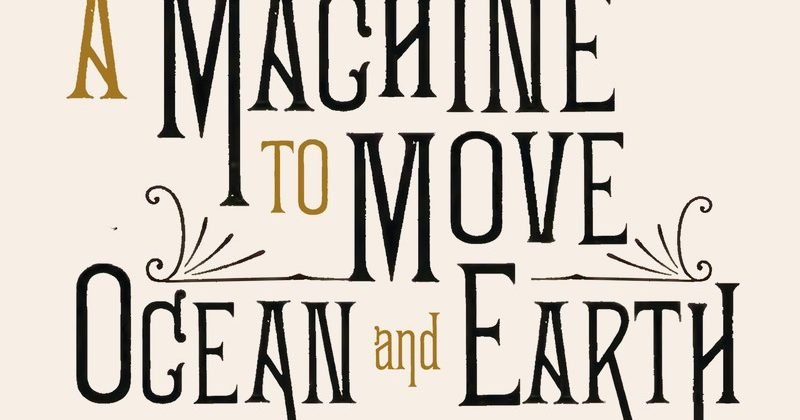

James Tejani is Associate Professor of History at California Polytechnic State University. This interview is based on his new book, ![]() A Machine to Move Ocean and Earth: The Making of the Port of Los Angeles and America (W. W. Norton & Company, 2024).
A Machine to Move Ocean and Earth: The Making of the Port of Los Angeles and America (W. W. Norton & Company, 2024).
JF: What led you to write A Machine to Move Ocean and Earth?
JT: For all of the past century’s advances in automobile, aviation, and network-computer technology, we live in a world still connected by a system of motored ships and their cargoes. Our need for this nineteenth-century technology has only increased over recent decades. Yet historians had not investigated the system – its origins especially – nor its significance within American history. The absence is most glaring given the United States’ dependence on transpacific trade and the prominence of San Pedro Bay as an entry point. (The bay’s two ports, both marvels of engineering, handle one-third of US ocean shipping.) I wanted to find out how that story began and examine its national and global implications today. We all have a port somewhere, providing for life as we know it.
JF: In 2 sentences, what is the argument A Machine to Move Ocean and Earth?
JT: US trade through the Port of Los Angeles is the culmination of the nation’s history of westward imperial expansion and its troubled relationship with the Pacific world. That history – the debate over slavery and railroads in the West – brought on the Civil War, yet its ongoing risk of political fracture and material ruin remains with us.
JF: Why do we need to read A Machine to Move Ocean and Earth?
JT: To be reminded of things taken for granted in our moment: Foremost, the abundance of material goods that shapes our daily existence, as well as the underlying geographic connections that were hard-won and today seem so fragile. The book also cautions us not to be too confident in moral judgments of the past. Our dependence on sites like the Port of Los Angeles puts us within – not outside – the story of US expansion as its beneficiaries and participants. And the port’s origins in the Civil War era, for example in the partnerships of Edward Ord and Jefferson Davis or of science and politics, remind us of the challenge of living through history – then and now. The book’s major characters each tell us something important about the past and ourselves.
JF: Why and when did you become an American historian?
JT: I loved US history as a child. Both of my parents are immigrants, so it was natural for me to search out answers as to why things were or who historical figures were – answers my family didn’t inherit. I came back to history in college. A robust general education humanities requirement deserves credit for that. My mentors at University of California, San Diego, and Columbia University deserve credit as well. In my case, becoming a historian was the result of inborn curiosity but also chance relationships and conversations over the years.
JF: What is your next project?
JT: Working on this book has left me more fascinated with its characters and the Pacific coastline. I hope to explore this in greater depth in upcoming publications. I also hope to bring A Machine to Move Ocean and Earth’s story to a further audience through visual media like exhibits, online mapping, and documentary.
JF: Thanks, James!